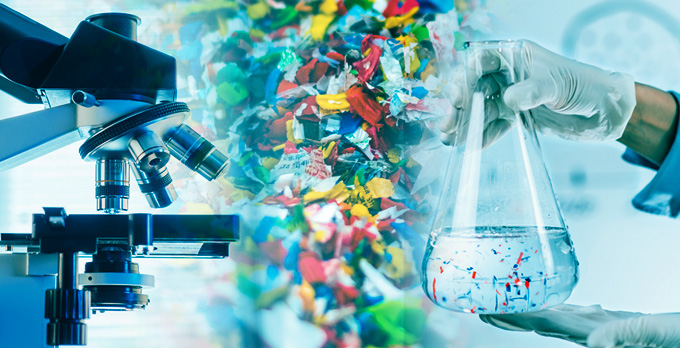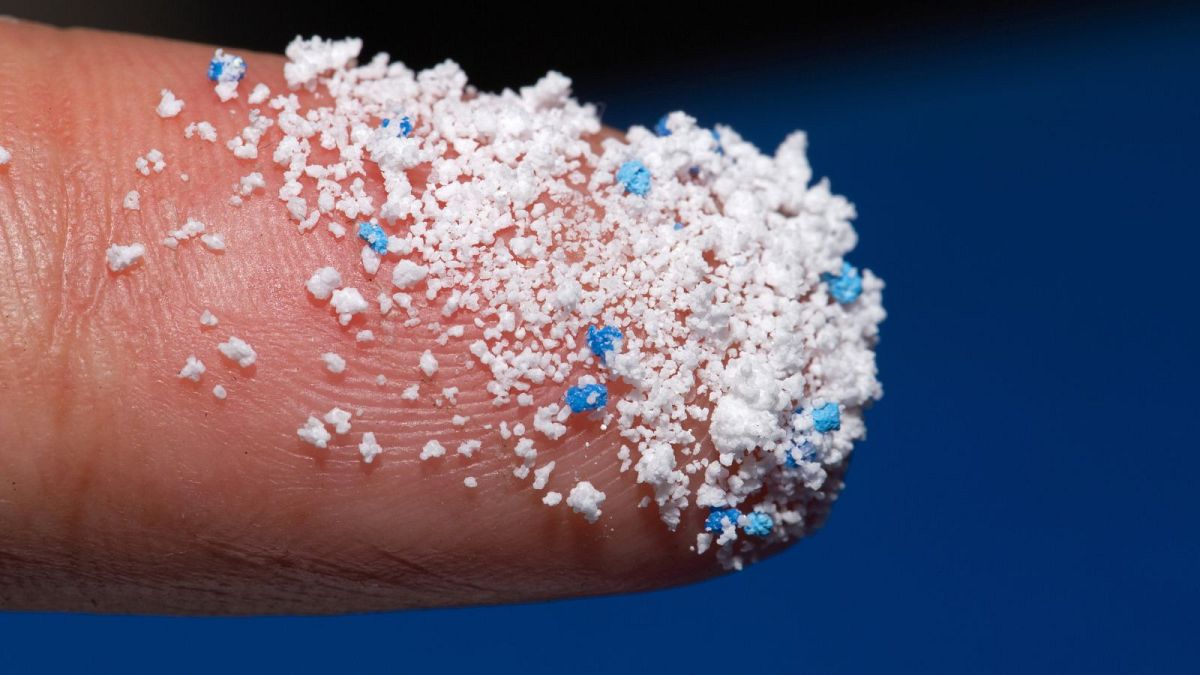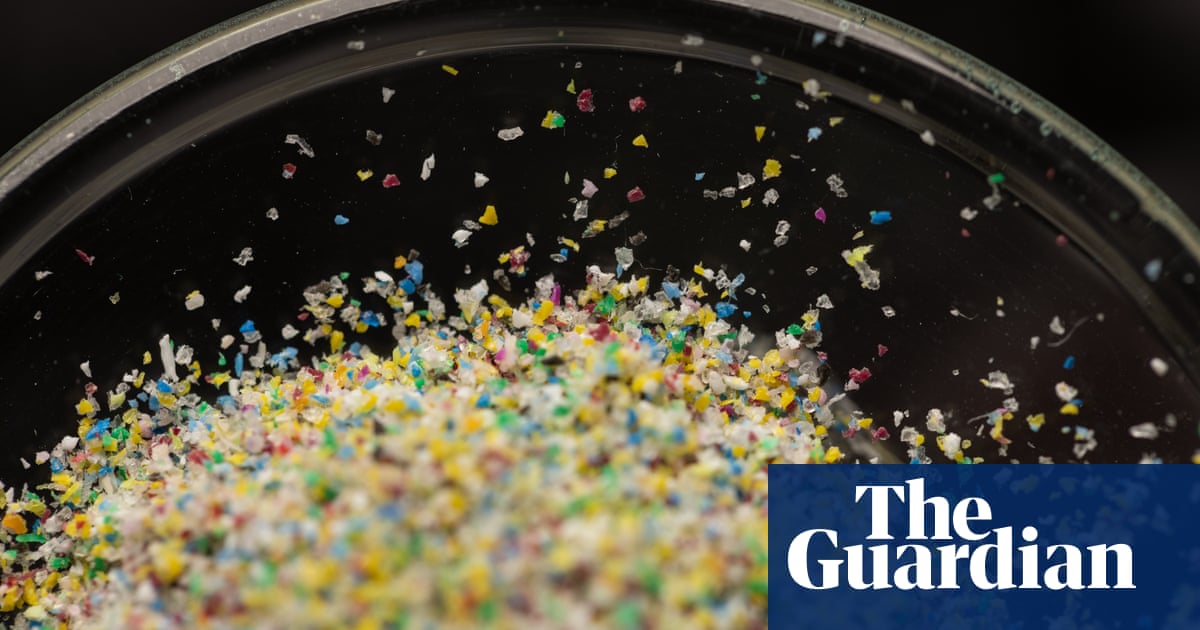
In a groundbreaking study, researchers from the University of New Mexico have discovered microplastics in every human and canine testicle examined. The team, led by Xiaozhong 'John' Yu, MD, PhD, MPH and Matthew Campen, PhD from the UNM College of Nursing and Toxicological Sciences respectively, analyzed tissue samples from both species to understand the potential impact on reproductive health.
The researchers identified 12 types of microplastics in human testicular tissue and 10 types in canine testicular tissue. The most common plastic polymer found was polyethylene, which is used in the manufacture of plastic bags and bottles. In dogs, higher levels of polyvinyl chloride (PVC) plastic correlated to a lower sperm count.
The presence of microplastics in human testicular tissue raises concerns about their potential impact on human reproductive health. While further research is needed to establish a definitive link between microplastics and declining sperm counts, the findings add to growing evidence that plastic pollution is pervasive and poses risks to both human health and the environment.
The study was published in the journal Toxicological Sciences on May 1, 2024. The researchers emphasized that their goal was not to alarm but rather to provide data and raise awareness about microplastics in our bodies.
Microplastics have been found in various environments, from polar regions like Mount Everest and the Mariana Trench to urban areas. They can enter the body through ingestion of contaminated food or water, or by breathing them in. The long-term health effects of microplastic exposure are not yet fully understood but studies have shown that they can cause inflammation and damage to human cells.
The researchers call for more research into the potential impact of microplastics on human reproductive health and emphasize the importance of reducing plastic pollution to protect both human health and the environment.




